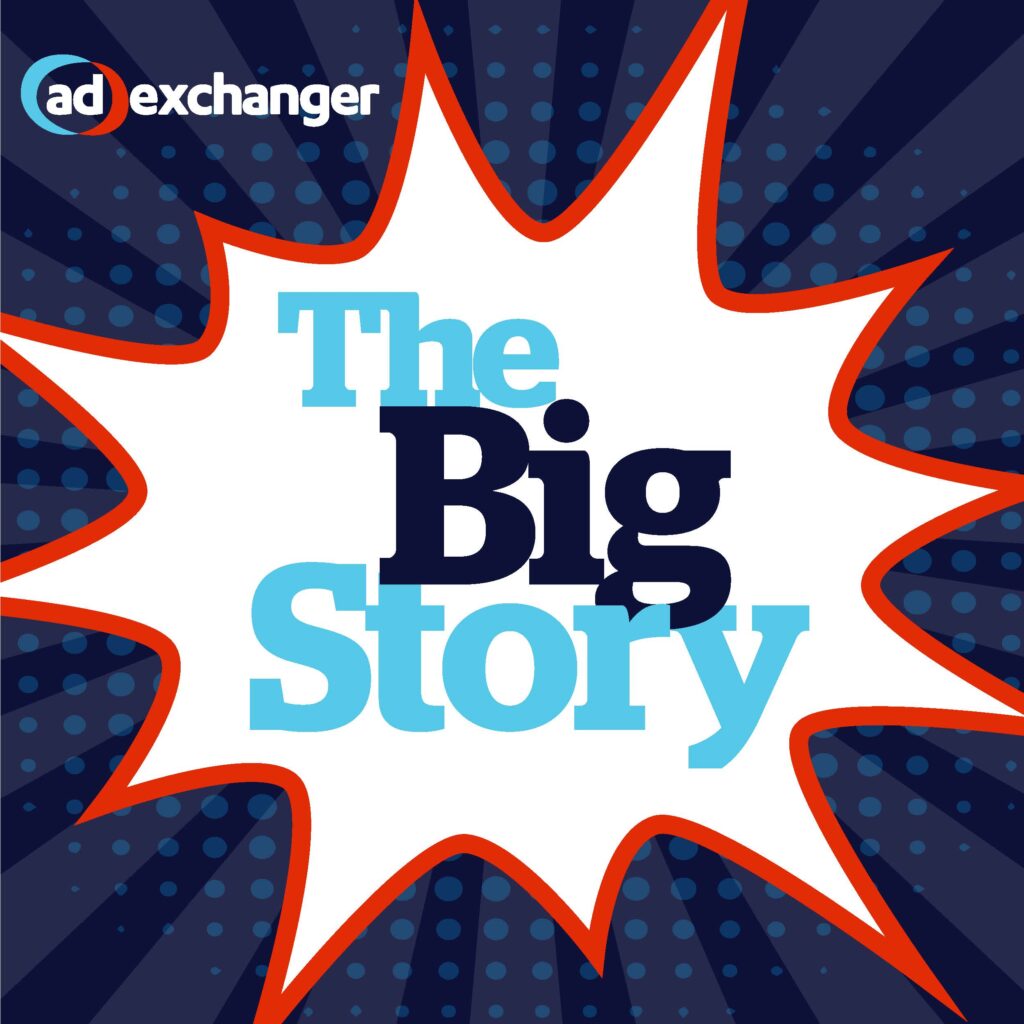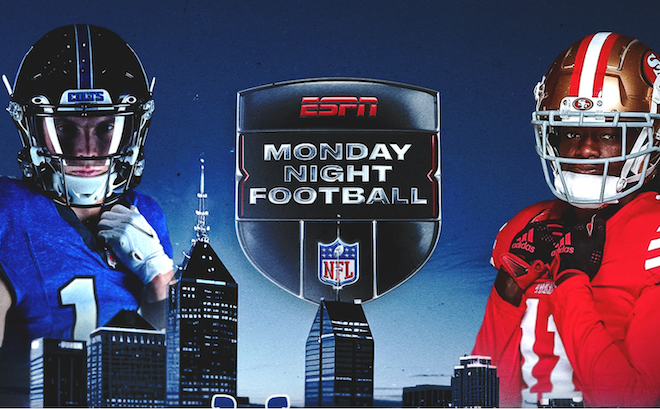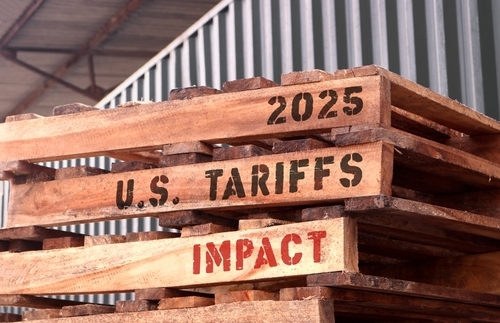(Promo) For years, promotions and branding were separate nations. Promotional campaigns were developed by agencies working separately from those responsible for branding, never daring to cross borders.
Those days are over — and it’s about time.
One byproduct of the increased focus on integrated marketing is the use of television for promotions. Not so long ago, it was quite common to see promotions in-store and print, while TV carried a completely different message, playing up whatever branding theme was currently in vogue.
But promotion agencies have been playing the integrated marketing game for years. They have used radio, the Web, sales associates, print, PR and guerilla marketing to drive traffic and create action. And they have seen response to big budget promotions supported by television increase dramatically when the spots carry the “how to play” message.
It’s ironic that the much-discussed death of the commercial is actually the catalyst for the use of TV spots to support promotions. And there has been a reverse effect. As so-called above-the-liners scramble to prove the reach and effectiveness of television as a primary medium, they have finally realized the benefits of integration. Smart clients like McDonald’s and Unilever have long used dedicated promotional TV spots to create awareness and drive traffic. The weight of the spots is often a key negotiating point in creating partnerships with studios and networks. But the campaigns suffer when the branding agency falls in love with the property instead of the promotion.
Only clients that enforce an integrated team approach with all their agencies have been successful at getting everyone on the same page. And one side effect of this is that borders are being blurred.
Branding agencies like Crispin, Porter + Bogusky, and DDB have been quick to add firepower to promotion, direct, events and guerilla marketing — tactics that would have been ignored in years past. As television budgets shrink, there’s a mad scramble to develop ideas that can regenerate revenue for the various agencies. Big clients like Burger King, Anheuser-Busch, and Coke have adopted a “best idea” approach that encourages their respective rosters of agencies to bring the biggest ideas to the table — regardless from whose sandbox the income comes.
Promotion ideas have always been contributed by ad agencies and PR firms. But the same teams that negotiate the media schedule are now bringing ideas to the table. Big buyers like Mediaedge:cia have added entertainment marketing and content development to their arsenals. That means new competition for promotion agencies that lack the scope to advise clients on which media and properties to leverage.
MasterCard’s recent Win a Home sweepstakes is a good example of a client leveraging all of its agencies to deliver one succinct message. The broadcast looks like the print, which looks like the Web — and to top it off, the ageless “Priceless” campaign is integrated into the message.
It’s not the idea that is breakthrough. It’s the delivery that is so effective — and proof that a simple, well-rendered message can be magic.
Tom Hansen is senior vice president, executive creative director at Wunderman Chicago.





